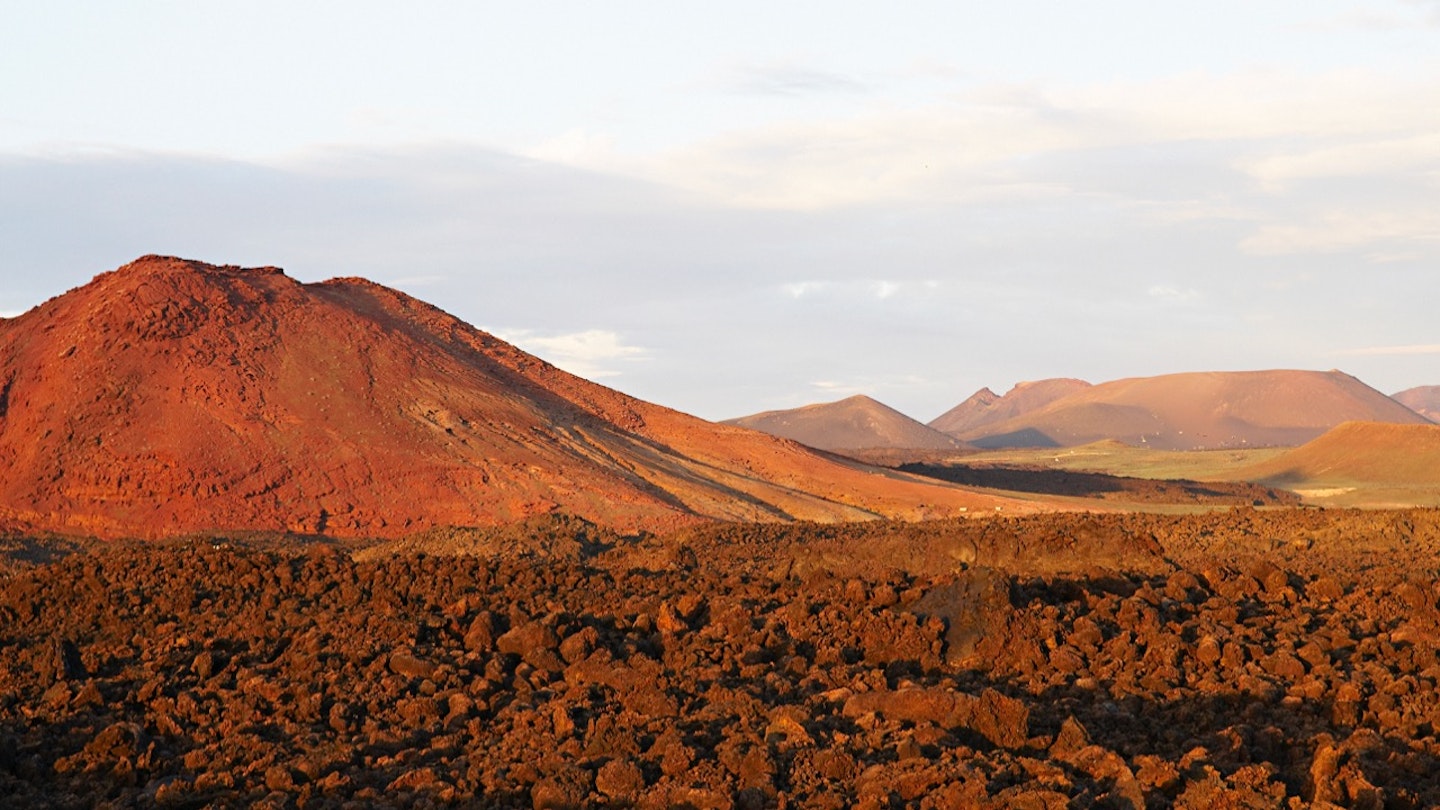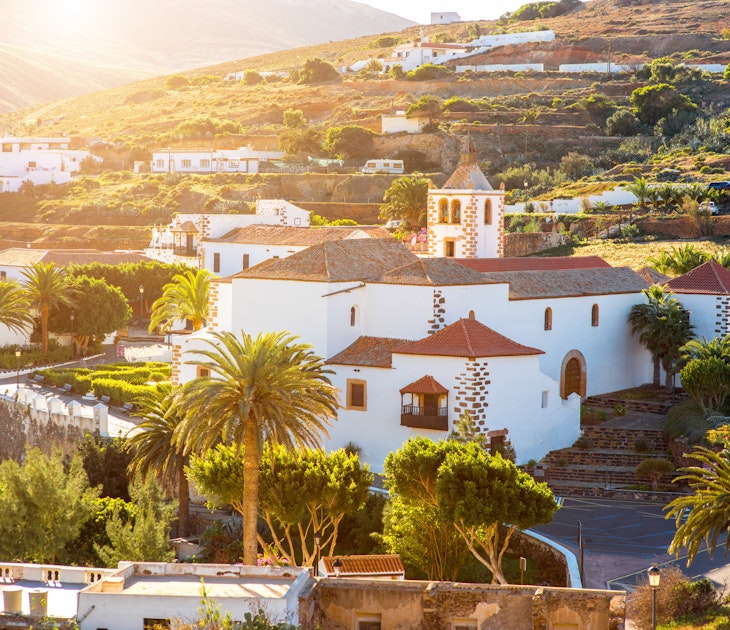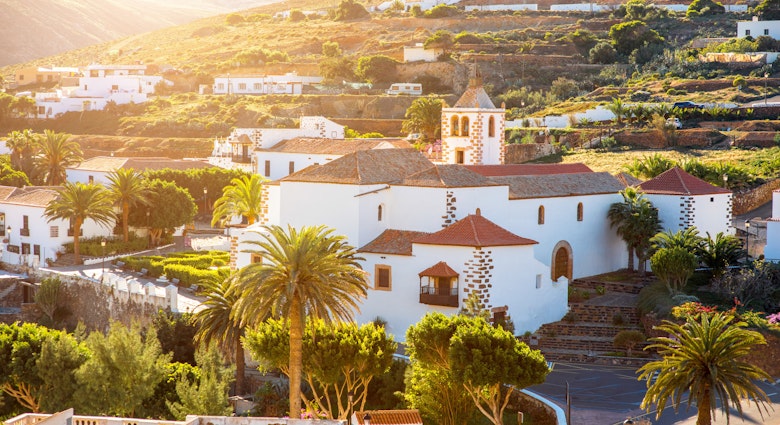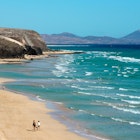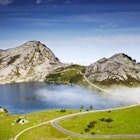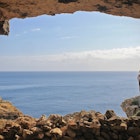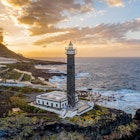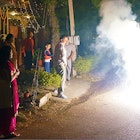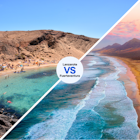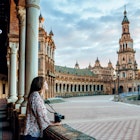It’s perhaps the ultimate journey. NASA is looking to put a new generation of astronauts back on the moon by 2024, establishing a permanent presence on the lunar surface before setting off on the years-long trip to Mars – and they’re training for it right here on earth.
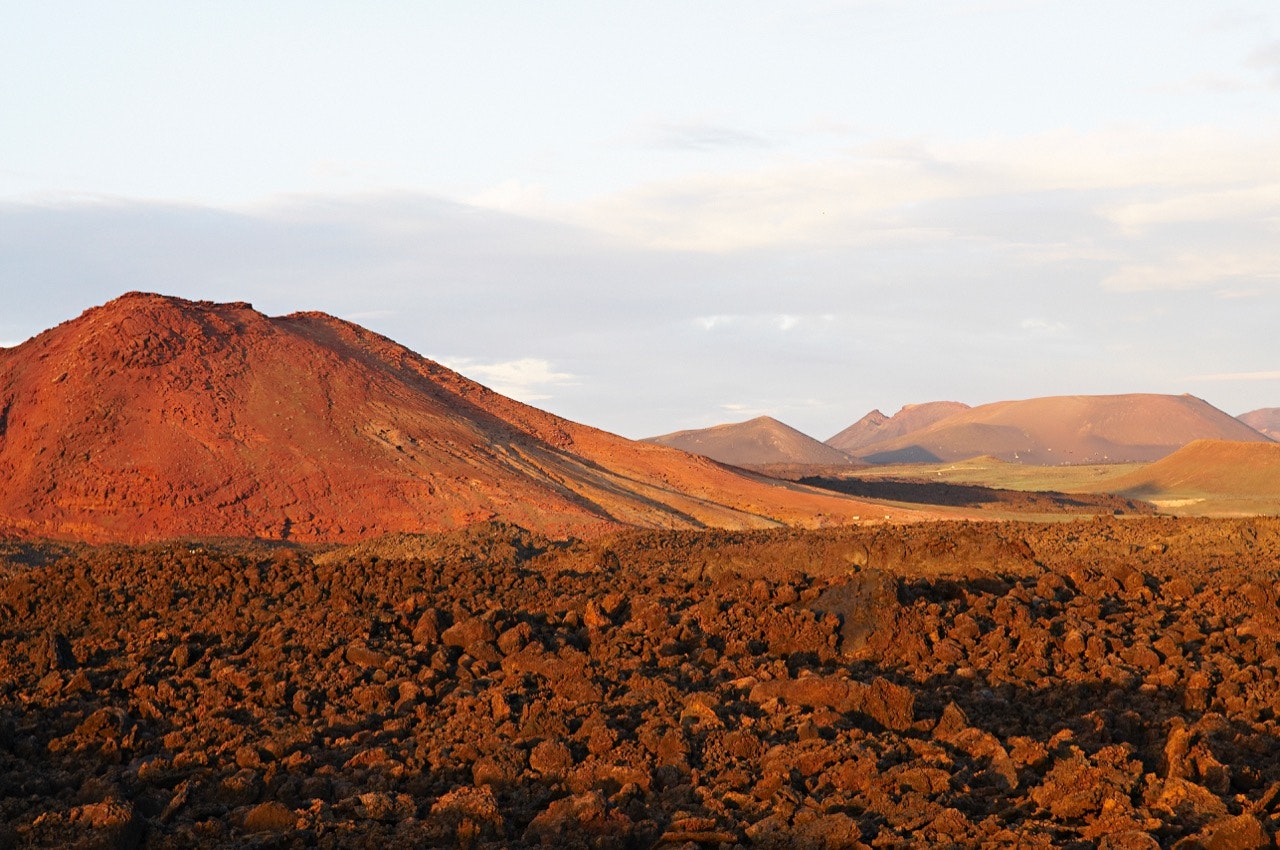
At best, the tiny island of Lanzarote, one of Spain’s Canary Islands, is 54.6 million km from Mars; at most, it’s 401 million km away. But you wouldn’t know it from the landscape, particularly in and around Timanfaya National Park and Los Volcanes Natural Park, geographical dead ringers for the Moon and Mars. A designated UNESCO Biosphere Reserve since 1993, the island’s lava flows, craters, and volcanic tubes are such an appropriate stand-in that NASA and the European Space Agency have been sending astronauts there to prepare for years. And thanks to a new agreement between ESA and local authorities, it will remain a location for the former’s Pangea training course until 2022.
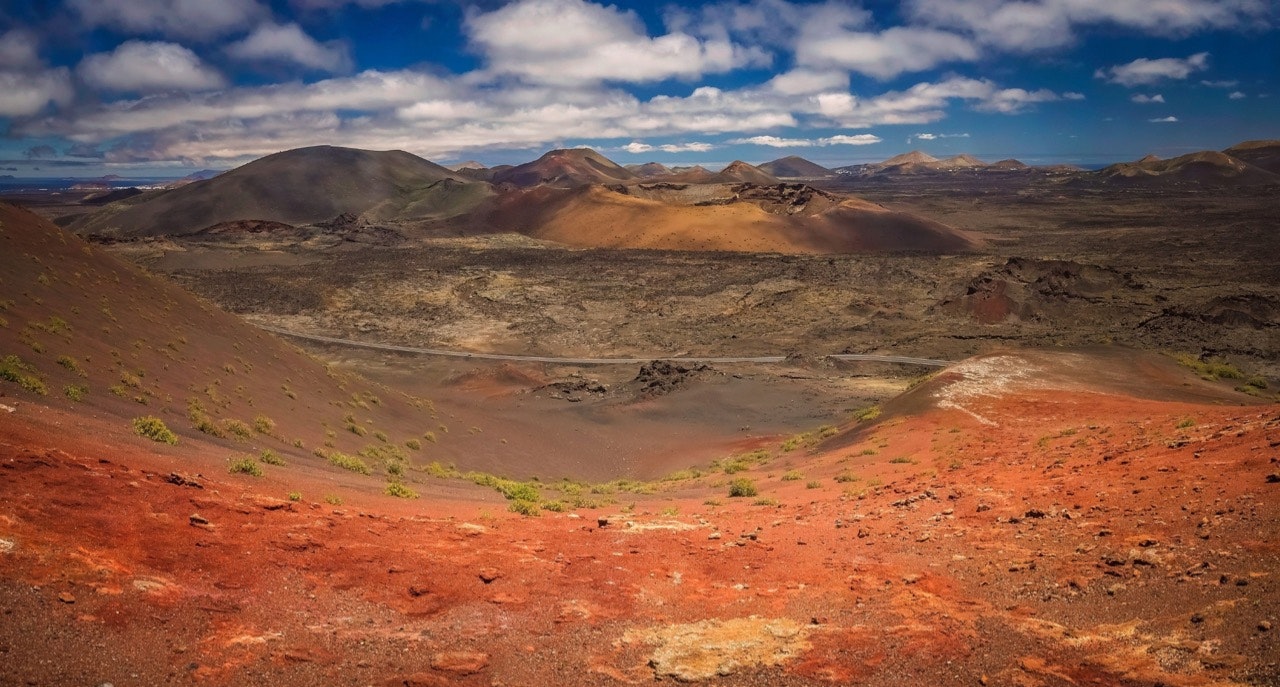
“Lanzarote offers several realistic lunar and Martian landscapes,” Pangea project leader Loredana Bessone told the BBC. “There are multiple obstacles in space. The difficulty of the terrain, lighting conditions and communication issues, as well as accessibility, are real. A geological space sortie is like a ballet: it needs to be choreographed and rehearsed to be effective…. Testing these operations enables ESA to consider many mistakes we don’t want to repeat when we’re really in space.”

While the astronauts are there to run practice missions, picking up the basic knowledge and skills to identify rock samples and traces of life on other planets, practising with the tools they’ll use in the field, and honing their operational acumen, visitors don’t have to be prepping for outer space to take in Lanzarote’s otherworldly landscapes. To explore with a guide, the UK-based Walks Worldwide runs four- and eight-day treks across the island’s 800 sq km, but you can also design your own itinerary, hitting the beach in Arrecife, hiking in the Mars-like volcanic parkland, sipping wine harvested from the vines that thrive in the black volcanic ash-rich soil, and following in the footsteps of native son César Manrique, the artist responsible for some of the island’s most eye-catching attractions – and the preservation of its unique character.
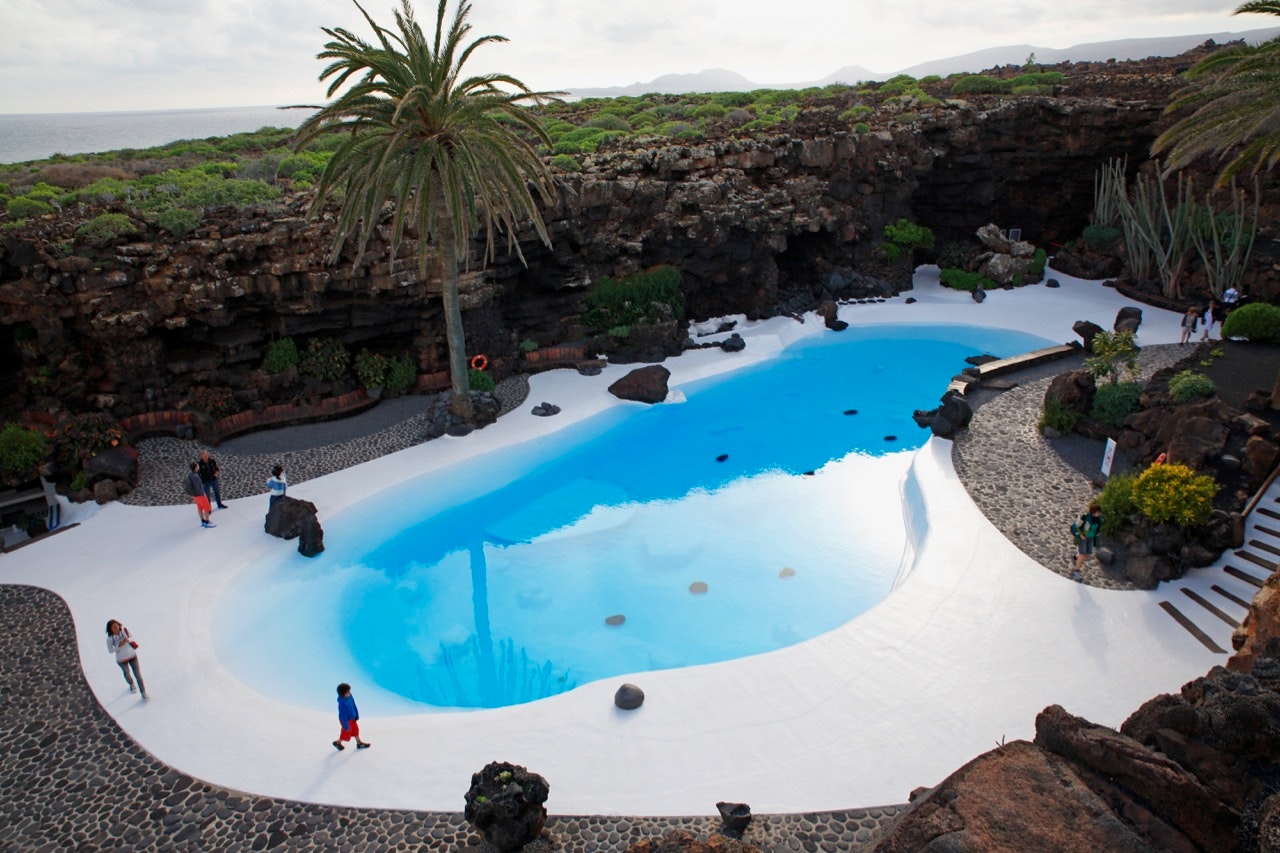
A staunch opponent of hotel resorts, billboards, and the like, “Manrique brought ideas that perhaps seemed crazy and elitist, since there was then not even running water around here,” Marci Acuña, mayor of the village of Haría, told the New York Times in 2017. “But we now have to thank him for preserving Lanzarote’s natural beauty.”

